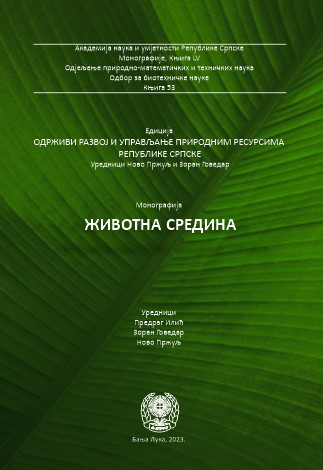Protection of small natural springs with drinking water in Republic of Serbia and Republic of Srpska
DOI:
https://doi.org/10.7251/EORU2309069KKeywords:
Springs, water, physical and chemical characteristicsAbstract
A spring is a point of exit at which groundwater from an aquifer flows out on top of Earth's crust (pedosphere) and becomes surface water. It is a component of the hydrosphere. Springs have long been important for humans as a source of fresh water. Springs have been used for a variety of human needs - including drinking water, domestic water supply, irrigation, mills, navigation, and electricity generation. Modern uses include recreational activities such as fishing, swimming, and floating; therapy; water for livestock; fish hatcheries; and supply for bottled mineral water or bottled spring water. Springs have taken on a kind of mythic quality in that some people believe, falsely, that springs are always healthy sources of drinking water. They may or may not be. On the territory of the Republic of Serbia and the Republic of Srpska, there are numerous occurrences of small springs known only to the local population who use them for certain purposes. The chapter provides an overview of the territorial distribution as well as the basic established physical and chemical characteristics of several natural springs in selected parts of the territory (Fruška gora, City of Belgrade, Central Serbia, northern part of Kosovo, Srebrenica, Čajniče, Doboj, Kozarska Dubica and Kiseljak).
